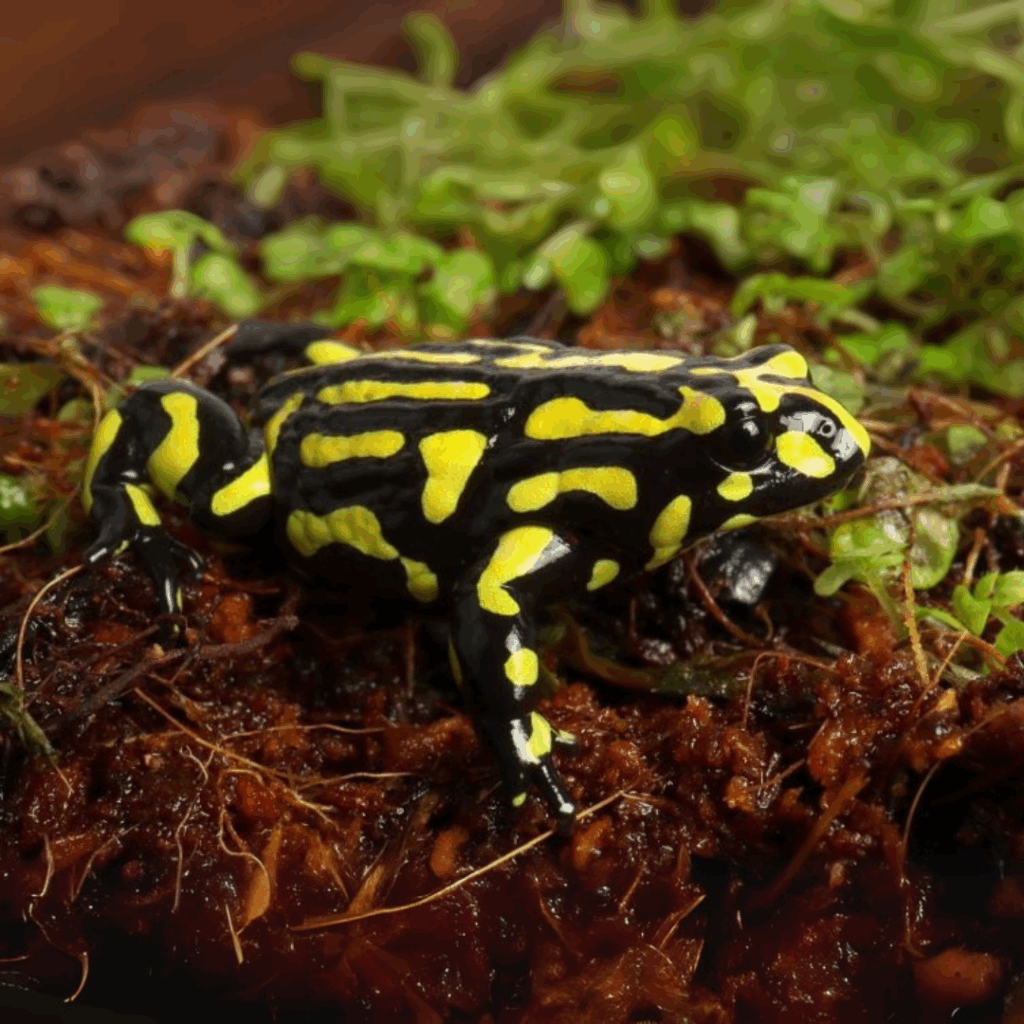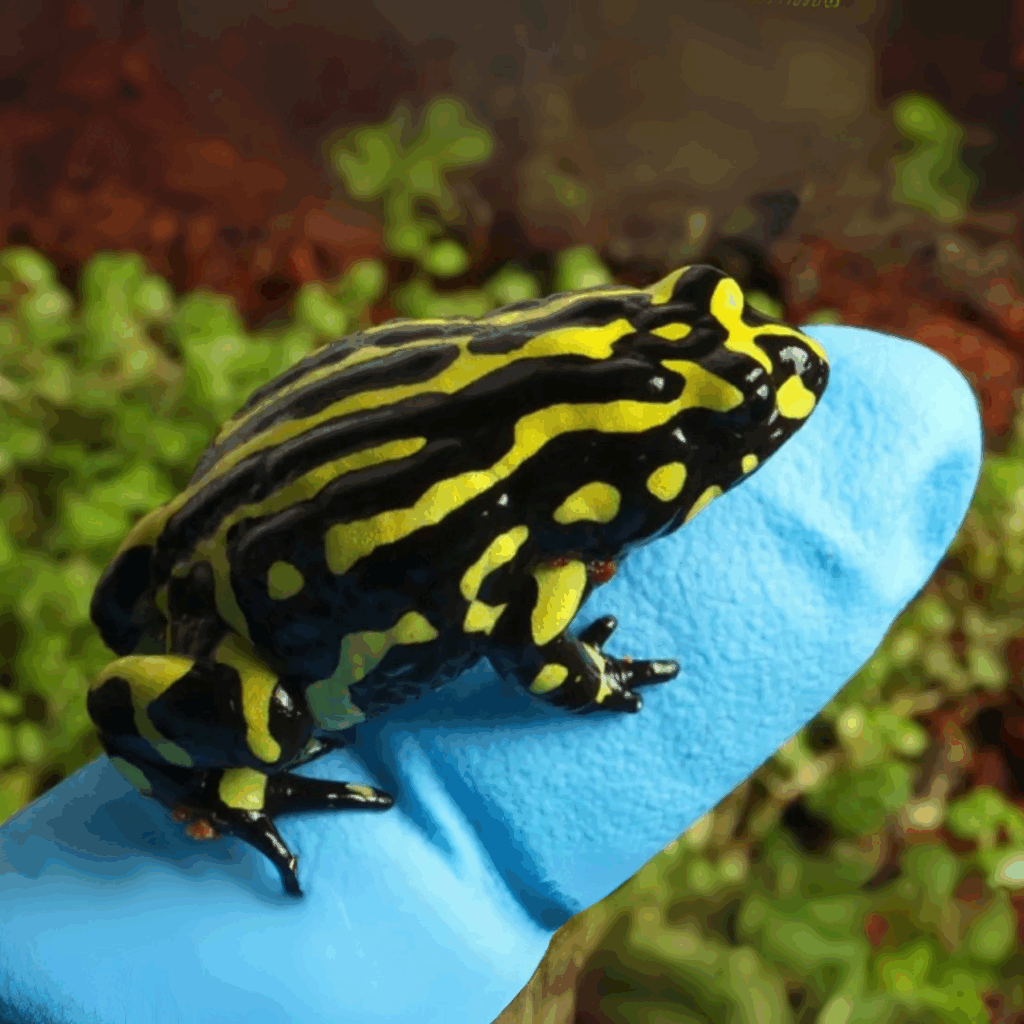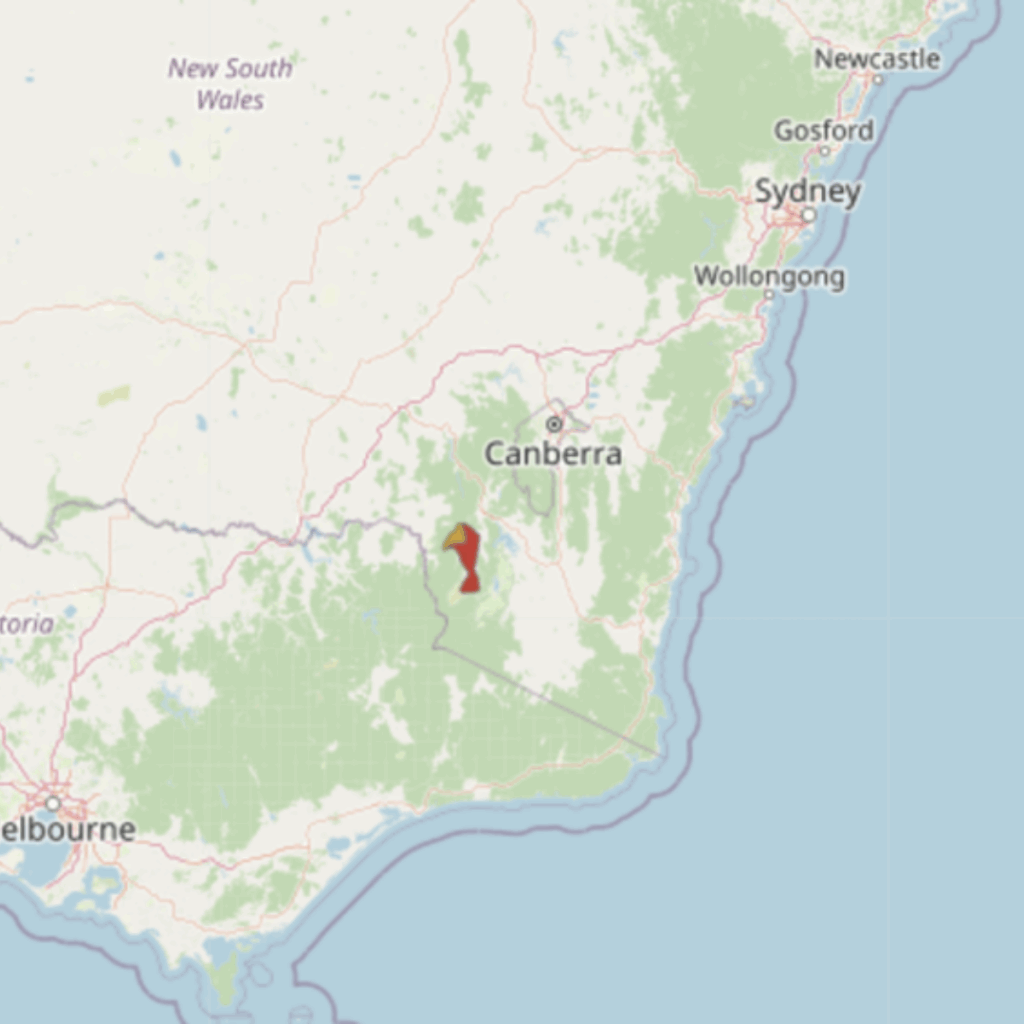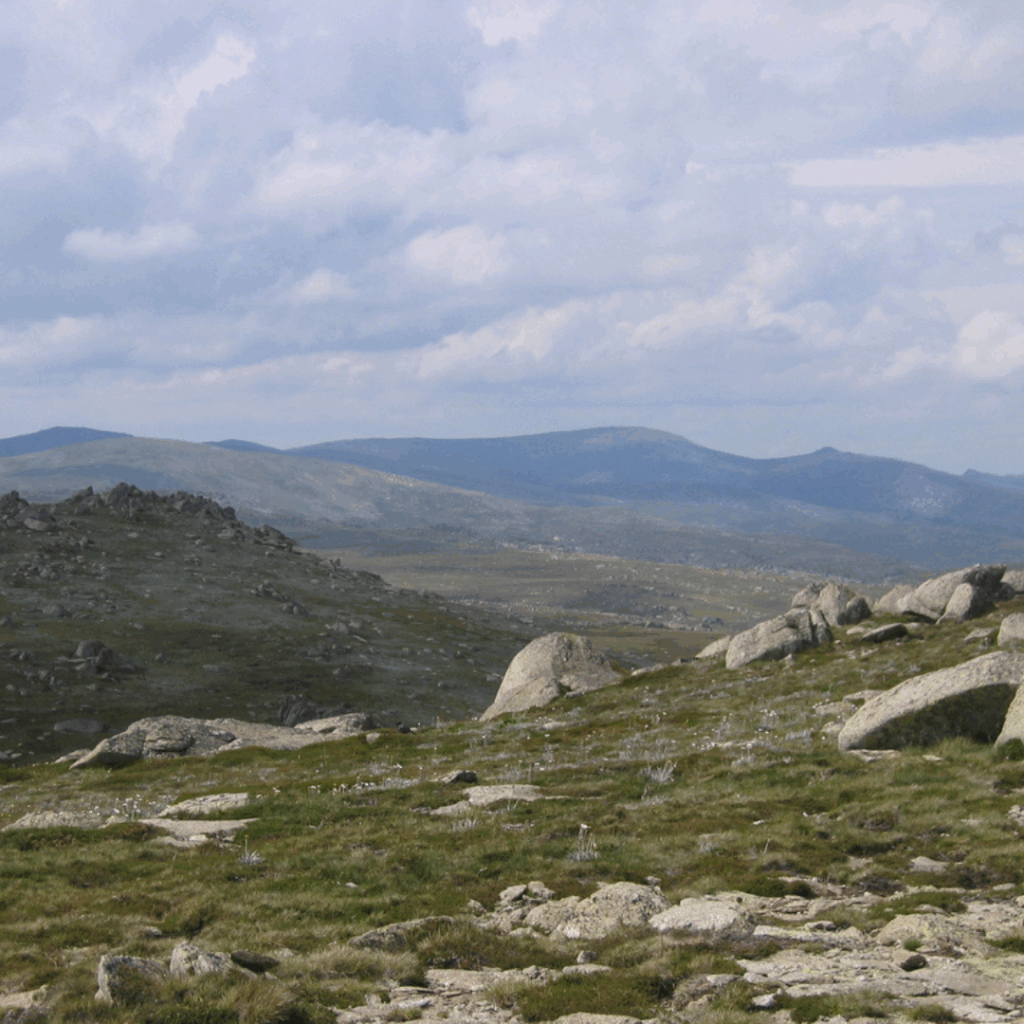- Kosch T (2025). By sequencing the genome of the endangered Southern Corroboree Frog, we could save it. University of Melbourne website. https://pursuit.unimelb.edu.au/articles/by-sequencing-the-genome-of-the-endangered-southern-corroboree-frog,-we-could-save-it [↩] [↩] [↩]
- Office of Environmental Heritage (NSW) (2012). Southern Corroboree frog (Pseudophryne corroboree) and Northern Corroboree frog (Pseudophryne pengilleyi) national recovery plan. https://www.dcceew.gov.au/environment/biodiversity/threatened/recovery-plans/southern-corroboree-frog-and-northern-corroboree-frog [↩] [↩]
- Colossal Foundation website. https://colossalfoundation.org/project/saving-amphibians-from-chytrid-fungus [↩] [↩] [↩]
- Colossal Foundation press release (2024). https://www.businesswire.com/news/home/20241216229333/en/The-Colossal-Foundation-Makes-First-Donation-of-US-%241M-as-Part-of-%243M-Commitment-to-Combat-Chytrid-Fungus-Save-Amphibians-from-Mass-Extinction-and-Protect-Endangered-Ecosystems [↩]
- University of Melbourne, Frankenberg Lab website. https://frankenberg.science.unimelb.edu.au/chytrid-resistance [↩]
- Davidson MJ et al (2025). Influence of Batrachochytrium dendrobatidis isolate and dose on infection outcomes in a critically endangered Australian amphibian. Fungal Ecology. https://www.sciencedirect.com/science/article/pii/S1754504824000680 [↩]
- Mathis E (2025). It’s not easy being green. Australian Geographic. https://www.australiangeographic.com.au/nature-wildlife/2025/05/its-not-easy-being-green [↩]
- Fisher M and Garner TWJ (2007). The relationship between the emergence of Batrachochytrium dendrobatidis, the international trade in amphibians and introduced amphibian species. [↩]
- Australian Government, Office of the Gene Technology Regulator. https://www.ogtr.gov.au/apply-gmo-approval/apply-dir-licence [↩]
- Australian Government, National Gene Technology Scheme (2025). https://www.genetechnology.gov.au/using-gene-technology/agriculture [↩]
- Australian Government (2024). Commercial release of a genetically modified (GM) mosquito strain to help prevent dengue outbreaks. https://www.ogtr.gov.au/gmo-dealings/dealings-involving-intentional-release/dir-207 [↩]
- Corroboree Frog website. Captive Breeding. https://www.corroboreefrog.org.au/conservation/captive-breeding [↩]
- Brannelly LA et al (2025). Devastating disease can cause increased breeding effort and success that improves population resilience. Open Biology. https://royalsocietypublishing.org/doi/10.1098/rsob.240385 [↩]
- Hollanders M et al (2022). Recovered frog populations coexist with endemic Batrachochytrium dendrobatidis despite load-dependent mortality. Ecological Applications. https://esajournals.onlinelibrary.wiley.com/doi/10.1002/eap.2724 [↩]
- Big Scrub Rainforest Conservancy website (2017). Species in profile – Fleay’s Barred frog. https://bigscrubrainforest.org/learn-more/species-in-profile-fleays-barred-frog [↩]
- Waddle A et al (2024). Hotspot shelters stimulate frog resistance to chytridiomycosis. Nature. https://www.nature.com/articles/s41586-024-07582-y [↩]
- Roberts R (2025). Scientists Leverage Genomics to Save Endangered Frogs from a Deadly Fungus. The Scientist. https://www.the-scientist.com/scientists-leverage-genomics-to-save-endangered-frogs-from-a-deadly-fungus-73166 [↩]



